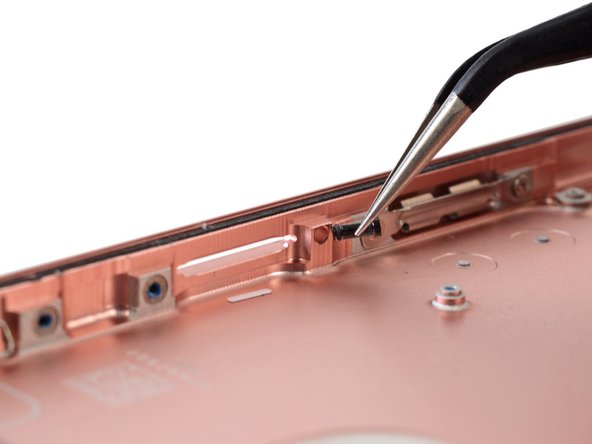crwdns2935425:020crwdne2935425:0
crwdns2931653:020crwdne2931653:0






-
Water resistance has been touted as a big new feature in the iPhone 7 Plus—but what actually makes it water resistant? The evidence is everywhere:
-
Figures 1 and 2: a plastic SIM eject plug with a rubber gasket.
-
Figure 3: a rubber gasket on the SIM tray.
crwdns2944171:0crwdnd2944171:0crwdnd2944171:0crwdnd2944171:0crwdne2944171:0